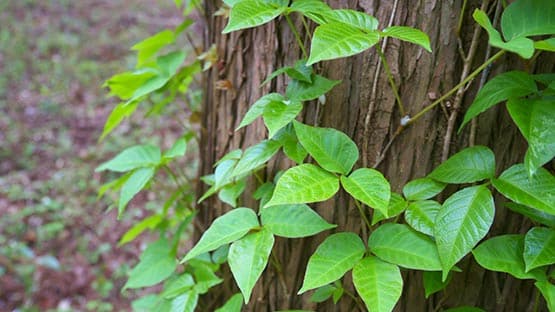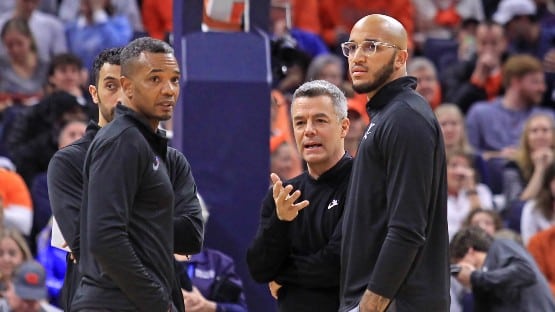
The old saying “leaves of three, let it be,” is meant to protect us from a rash from a poison ivy plant.
However, Virginia Tech researchers point out there are many harmless three-leaf native plants that are often misidentified and killed.
Figuring out which has poison and which doesn’t can be challenging because poison ivy leaves show a lot of variability, according to a recent study by VT researchers.
“Based on the research, poison ivy had enormous amounts of leaf variation,” said John Jelesko, associate professor in the School of Plant and Environmental Sciences at the Blacksburg campus. “There was no clear poison ivy look. It was quite astonishing, especially since the data set included poison ivy plants from all over the geographic United States.”
The researchers used approximately 2,000 poison ivy submitted photos through iNaturalist.org to compare leaf shape variability across the United States. The records for poison ivy and American hog peanut, a three-leaflet plant commonly confused with poison ivy, were analyzed for seven attributes related to the shape of their compound leaves.
It was found that the average and the range of the total leaf complexity scores for poison ivy were significantly higher than those for American hog peanut, which had minimal variability.
Poison ivy plants with five leaves were also identified in the study. The five-leaf poison ivy plants came in two versions: pinnate and palmate compound leaves.
“Whatever this (variable leaf shape) phenomenon is, it is widespread and inherent to the plant,” said Jelesko. “Our ultimate recommendation is that avoidance by identification is not going to work well because the basic step of identification is problematic at best.”
What could help with poison ivy plant identification? Training an artificial intelligence model to account for the large variability of leaf shape, Jelesko said.
He added that if you can’t identify poison ivy, the next best way to avoid it is by wearing protective clothing and by cleaning any potentially exposed area thoroughly with soap and water.
The research was funded through a U.S. Department of Agriculture Hatch Grant administered by the Virginia Agriculture Experiment Station and published recently in the journal Plants People Planet.











